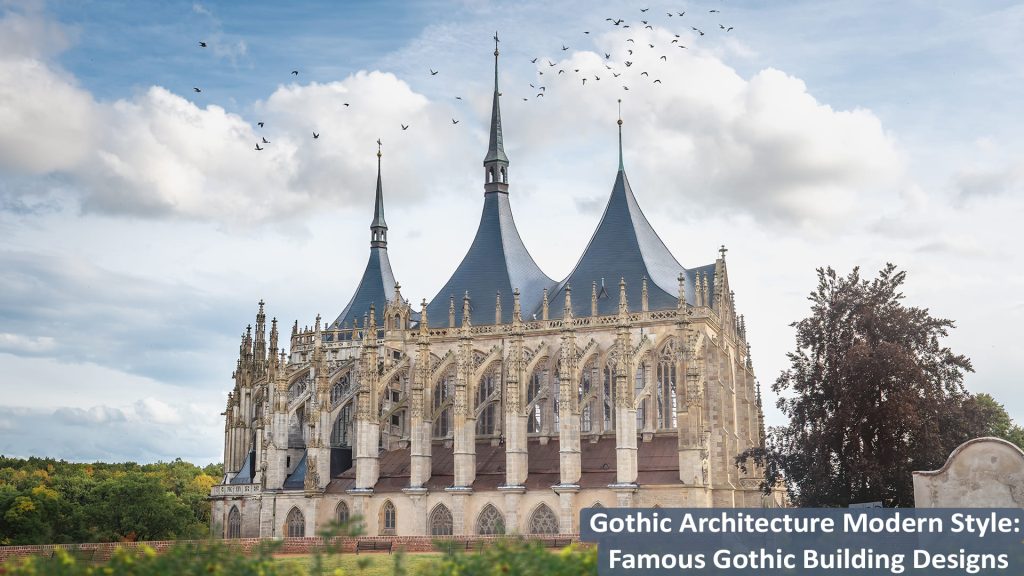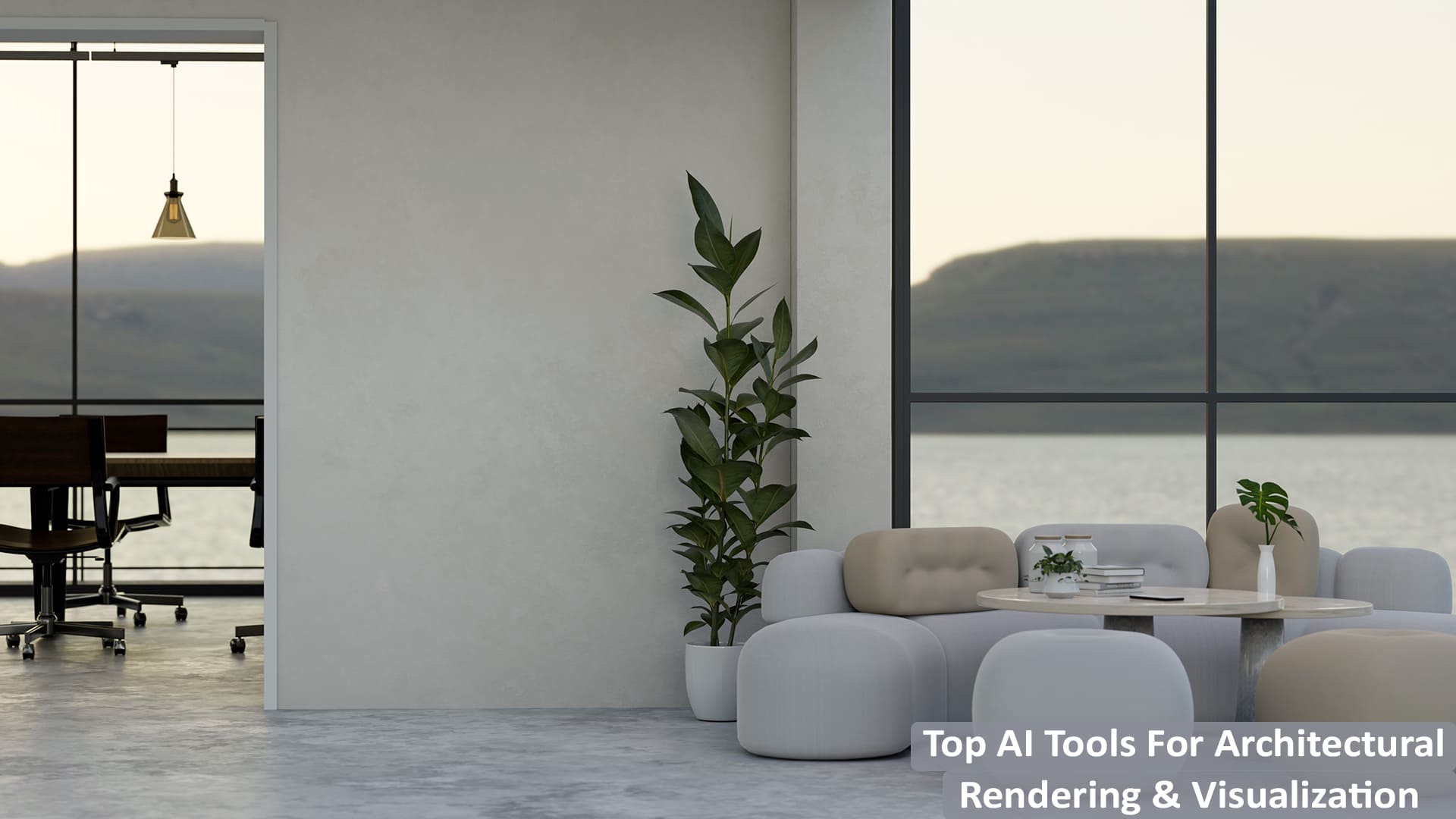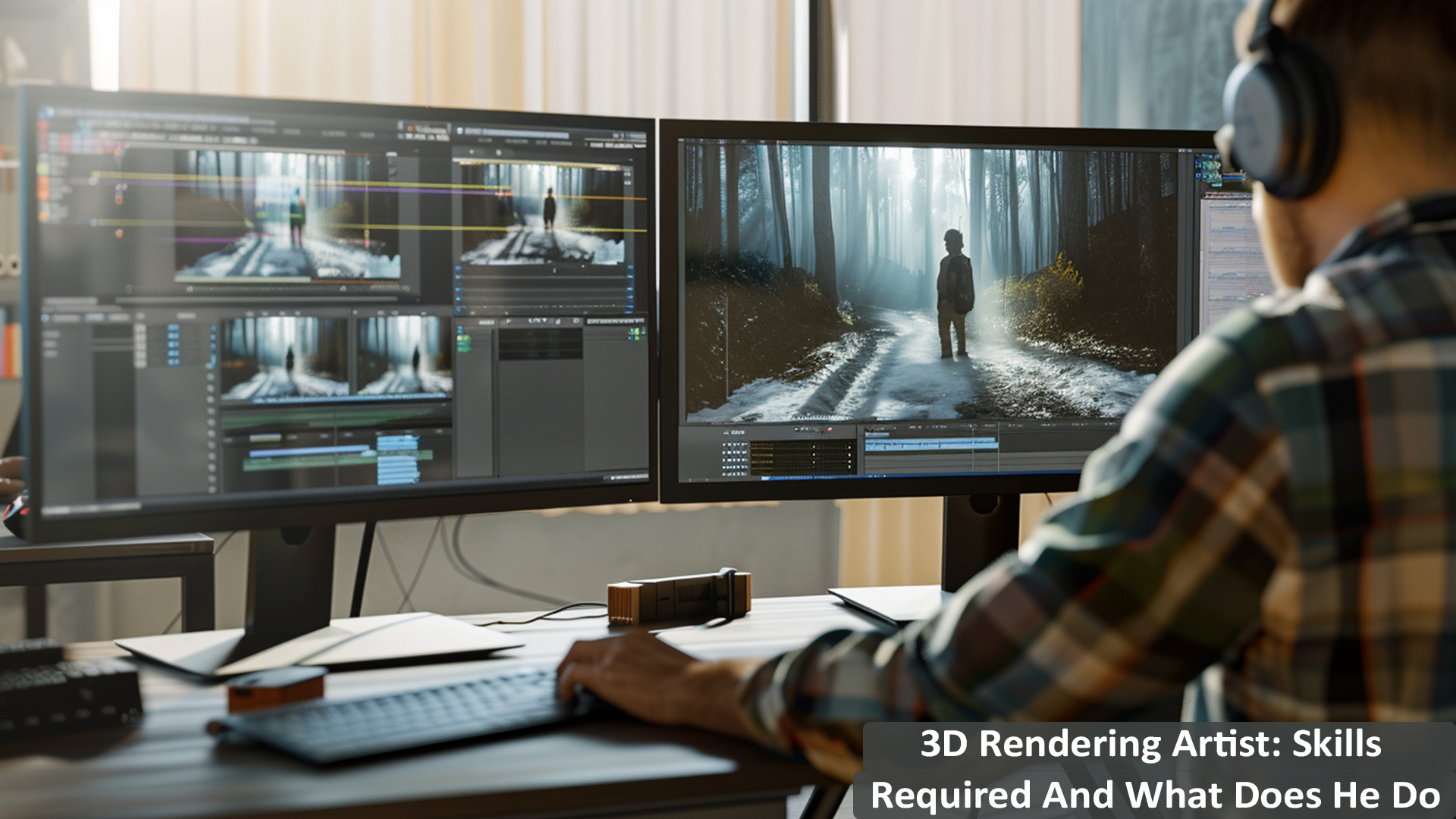What is Gothic Architecture: Gothic architectural style was famous in the 12th to 16th century and was a style that was designed to house large number of people. Some common buildings include churches, cathedrals townhalls, universities, castles, palaces, and buildings.
Gothic Architecture Modern Style
What is Modern Gothic Architecture: Modern Gothic Architecture, commonly known as Gothic Revival or Neo-Gothic refers to a popular architectural style that combines the features of traditional Gothic Architecture with modernity. This architecture was named after a German nomadic group called Goths that was active in the 300s-400s AD. Some of the world’s famous buildings, churches etc., were made in this modern gothic style. Let’s dive in and learn more about this popular architectural style and the names of popular buildings that used modern Gothic design. In simple words, Modern Gothic Architecture is just the revival of the traditional Gothic Architecture that became famous in the 18th and 19th centuries in the United States of America and Great Britain.
Modern Gothic style of architecture not only focused on big buildings, but now the motif was to create homes and other residential places by blending this Architecture with modern technology, materials, and taste. The key features of modern Gothic art included tall bell towers that were made of stones. Modern Gothic art was characterised by ribbed vaults, columns of pillars, heavy decoration, hood moulds, pointed arches and flying buttresses.
Fall of Gothic Architecture and Re-emergence of Modern Gothic Style
Evolved from the Romanesque architectural style and succeeded by Renaissance architecture, traditional Gothic architecture was one of the most popular styles in Europe. The style was prevalent during the early Middle Ages and continued to reflect in the buildings in the late 18th and early 19th centuries. Also known as opus Francigenum, the name “Gothic” was given during the Renaissance movement. Most of the buildings built during this medieval gothic time are listed as World Heritage sites by UNESCO.
The 16th century marked the end of Gothic architecture, but it actually never died. The complexity of the architectural style followed in Gothic architecture made it a preferred style when it came to designing high-end buildings. The main characteristics such as flying buttresses and ribbed vaults helped the weight of the roof to counterbalance the exterior of the building. This actually helped the architects to get highly magnificent and spacious buildings.
The key defining features of modern Gothic architecture are the same as that of traditional architecture with just only minor tweaks. Let’s have a look at some of the prominent features of modern Gothic architecture:
- Pointed Arches & Ribbed Vaults: The main feature of every Gothic-styled building was to give them a look of verticalism i.e. adding height and spaciousness. This was achieved by using rib-like patterns on ceilings and pointed arches that gave a sense of height and enhanced appeal to the interiors.
- Flying Buttresses: Also known as external buttresses, the flying buttresses were arched support given to the building. These extended from the building’s exterior to a pier. They countered the vault’s outward thrust and allowed the architects to create more open and taller spaces.
- Gargoyles and Grotesques: Modern Gothic architecture included stone carvings of grotesque and gargoyles figures that added to the functional and aesthetic appeal of the building. The new Gothic style design also included ornamentation, arabesque and colouring the interiors.
Some other common features included tall and slender towers, stained windows, tracery, vaulting systems, emphasis on light, height, and verticality and more.
Famous Modern Gothic Architecture Buildings
Here are some of the modern gothic buildings that are masterpieces of modern gothic architecture across the world.
1. Notre-Dame de Montreal (Montreal, Quebec, Canada) – A magnificent cathedral, representing English Gothic architecture in French Canada, adorned with intricate details and soaring spires.
2. Strawberry Hill House (Twickenham, London, England) – An early example of Gothic Revival, this historic landmark is a whimsical residence, highlighting the romanticized features of the Gothic style.
3. Neuschwanstein Castle (Bavaria, Germany) – A fairy tale-like castle, built as a retreat for a mad king, nestled in the Bavarian mountains, exemplifying modern Gothic architecture.
4. Chhatrapati Shivaji Terminus (Mumbai, Maharashtra, India) – A railway terminus blending Victorian and Indian Gothic Revival styles, adorned with intricate ornamentation, serving as a grand transportation hub and architectural marvel.
5. Washington National Cathedral (Washington D.C., United States) – A majestic cathedral, embodying the Gothic Revival in America, serving as a spiritual centre and architectural gem inspired by European cathedrals.
6. The Palace of Westminster (London, England) – Standing as a symbol of British national identity, this Gothic Revival masterpiece serves as the seat of Parliament, embodying political power and historical significance.
The Impact of Gothic Architecture Design in Modern Architecture
Though modern-day architecture mainly follows the principles of opacity, symmetry and simplicity, the influence of modern Gothic architecture is still felt on many of the prominent buildings even today. Many of the modern-day churches and cathedrals are still constructed based on the neo-Gothic architecture style. Even some of the residential homes can be seen decorated with intricate ornamentation which reflects this style itself. But modern-day universities and parliamentary buildings are not styled in this way anymore. The major reason is the complexity of design and labour-intensive construction.
Nowadays, the modern Gothic style is considered to be mainly associated with extravagance, luxury, and sophistication. Due to being associated as a status symbol, most of the residential homes are now designed in this modern gothic style to add to their rich lifestyle and sophistication. Though the design may not use stained windows or flying buttresses, other elements are well noticeable.
Renderspoint is a leading 3D rendering company that helps design your home according to your dream design. Give wings to your designs and make them see before construction. We have a seasoned 3D visualization team that has in-depth knowledge and expertise in designing any type of space, residential or commercial. Planning a dream home? Reach out to our visualizers for a free quote at sayhello@renderspoint.com.








